Trolling motors are used on the sea alongside boats for navigation and fishing. A trolling motor uses electricity from the battery to work. Due to the long duration of the task, it is an unarguable fact that a deep cell battery would be the best power source. Haven cleared the air on the obvious facts with regards to battery type. The more significant issue is how to use these batteries wisely, so you optimally use them over a long period.
Deep cell batteries used for a trolling motor can dispense as much as 85% of its power over a long time without a need to charge. Nevertheless, the manufacturers recommend you recharge at 45% if you want to derive optimum utility. How then do we charge these batteries for the sake of optimal utility (obtaining maximum satisfaction worth their purchase) and avoiding a stranded situation?
In the successive line of this article, expertise solutions advice, facts, and recommendations on this subject would be broadly discussed.
Charging Trolling Motor Batteries the Right way
Unfortunately, no expert can recommend the best general method for charging trolling motor batteries because there are different types of batteries for a trolling motor. These batteries have their peculiarities which would make the decision process twisted. There is only one traditional method which backdates to the era where technology was not as developed as it were now. This process was stressful and time taking because it required that you turn battery acid into the battery container. Thanks to the advancement in technology, now there are about three different ways to charge your battery.
- Through a Solar Panel
- Through a portable charger
- Through an onboard charger
A quick rundown on the types of trolling batteries recognized globally.
Flooded Cell Battery
Flood cell battery is the most popular and perhaps widely used trolling battery. A flooded cell battery is charged by connecting a negative plate while the acid goes into the battery container. This activity follows bubbling of the acid, which spills as the battery charges. A flooded cell battery conducts electricity through an electrolyte solution; hence, the reason for its method of recharge.
Absorbed Glass Mat Battery (AGM)
This battery is more advanced than the flooded cell battery. It has lighter weight, a lower self-discharge, and doesn’t spill. The AGM battery can be charged by an onboard charger, outboard charger or, a solar panel as the case may be. Charging comes pretty fast for this battery, so be warned frequent charging or, overcharging would truncate the life span of this battery.
Sealed Gel Battery
A sealed gel battery charges faster than a flooded cell battery; it uses acid to recharge. The oxygen from the positive plate and hydrogen from the negative plate are recombined to produce power. Perhaps the sealed attached to the name is because the battery’s material is made thicken to prevent leakages.
Now, let’s succinctly discuss the various methods of charging batteries.
Charging through a Solar Panel
Charging with a solar panel comes easy and less stressful. As with solar panels position them right, where they can get enough of the sun’s heat on your boat. To tackle the unreliable nature of sunlight, you can purchase a boost converter alongside your set-up. This converter possesses the ability to optimize little light rays no matter how dim the sun rays are. Charging through a solar panel is quite slow; you need a lot of patience.
Charging Using a Portable Charger
The Portable charger charges quite faster than the solar panel chargers. A great advantage of this system of charging is that it is portable. It adds less weight to the boat and charges efficiently. To avoid overcharging, attach the charger when you want to charge and detach them when you are done charging. Experts consider the portable charger as the best for charging deep cell batteries. No matter how you charge the battery, remember to keep the boating regulation in mind when using it for the vessels.
Charging Using an Onboard Charger
Unlike portable chargers, an onboard charger is permanently installed with the battery. You are required to connect to the charge source when needed. An onboard charger works by changing the AC power into DC energy that can be stored in the battery for later use. This charger can be used with an onboard marine charger which is suitable for most type of batteries. It charges quickly and has various models, namely: Precision, DC Generator, and Digital.
- The precision type of battery works with any battery and can set the charge profile per battery bank. A battery bank is the number of batteries a battery is built to recharge. A 12V motor battery has one bank, a 24V motor battery has two banks, on and on.
- DC generators are connected to the alternator of the boat (a system of engine revolution). It charges when the outboard motor is running instead of using an AC supply.
- Digital onboard batteries have a microprocessor in their power plants that allows for a quick and safe charge of marine batteries.
Charging Your Trolling Motor Battery on Water
Charging your battery on water is a different ball game, make no mistake to use a car’s battery recharge technique. Different trolling motors have a different response to charging, and you don’t want to be stranded because you used the wrong approach. On the water the AGM battery can be used, it has a system of regulating how fast a charge proceeds. Nevertheless, these charger damages the cell plates and separator of the battery because of its fast charge nature. Because this battery is used to attack an emergency, it is built to quick charge. Setting the amperage at minimal can reduce the damage this charger incurs on the battery.
Precautions for Battery Charging
Below are a few precautions to tackle battery charging related issues. This precaution range from battery maintenance and tips to successful charging of batteries.
- Keep the surface of your battery clean and dry. This insulates against corrosion and any hindrance to the flow of charges.
- Since emergency charging on the water can pose a threat to the life span of the battery, arrive early before your trip and charge sufficiently for your trip. After each trip as you arrive on shore check if there is a need to recharge your battery again.
- A solar power charger charges more slowly and thus is good against overcharging. But consider getting a solar panel with a smart controller, that’s a better deal for maintaining your battery.
- Some trolling motors could be powered by more than one battery. In this case, ensure that the batteries are of the same type. Never use different types of battery, charging them would create an issue. One can be best adapted for that charging method but not suitable for the other
Charging trolling motor batteries is one of the issues pertinent to deriving optimal utility from the battery. So, this should get the due attention it deserves when you are going on a trip or fishing expedition with your favorite types of kayak. Charge the battery beforehand so that nothing comes as a barrier in your way of enjoying your ride.

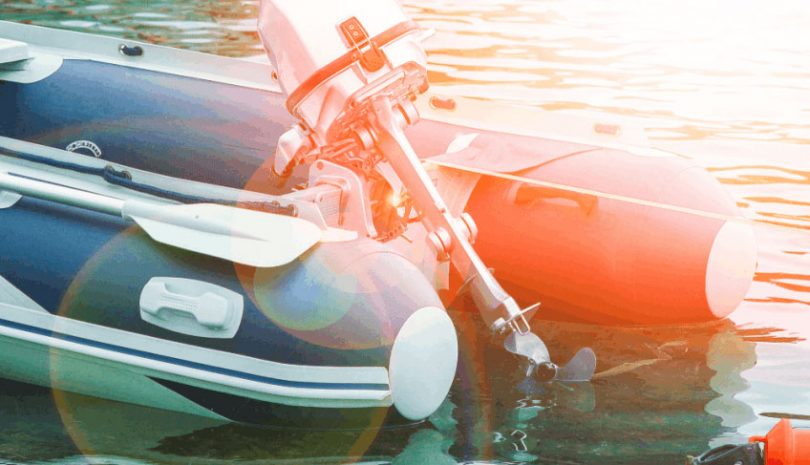
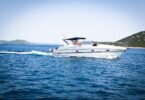

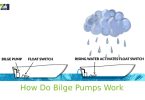
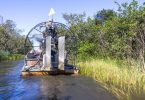
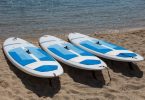

Leave a Comment